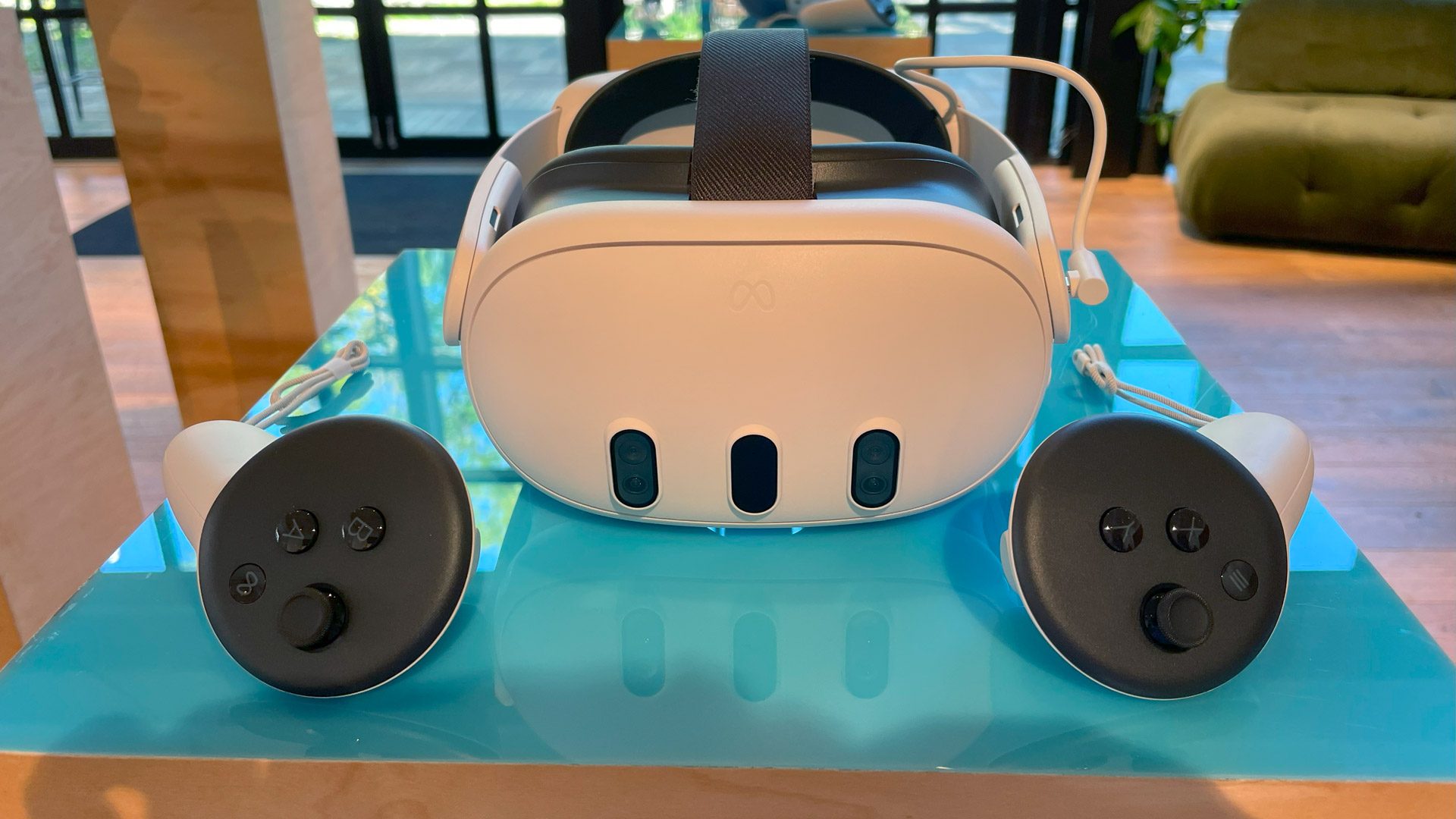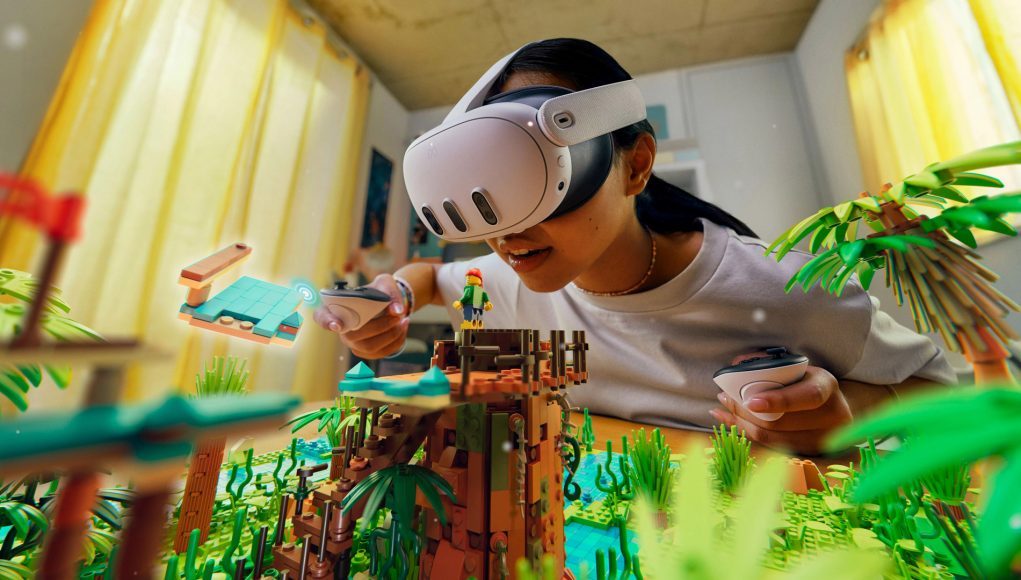Less than 48 hours after Meta fully unveiled Quest 3, John Carmack, legendary programmer and former CTO of Oculus, expressed doubts about mixed reality’s ability to increase headset sales.
Carmack departed Meta late last year, concluding what he called at the time his “decade in VR.” Still, it’s clear the key cohort in Oculus’ genesis story has a lot to offer when it comes to all things XR.
While Carmack doesn’t mention Quest 3 by name, it’s fairly clear he’s talking about Meta’s first consumer mixed reality headset, having tweeted a message of skepticism about the headset-selling power of MR apps:
“I remain unconvinced that mixed reality applications are any kind of an engine for increasing headset sales. High quality pass through is great, but I just don’t see applications built around integrating rendering with your real world environment as any kind of a killer app. I consider it interesting and challenging technology looking for a justification. The power of VR is to replace your environment with something much better, not to hang a virtual screen in your real environment. In all the highly produced videos demonstrating the MR future, the environments are always stylish, clean, and spacious. That is not representative of the real world user base. There is certainly some value in the efforts, but I have always thought there was much more low hanging fruit to be grabbed first.”

In a follow-up tweet, Carmack maintains he’s not criticizing the future of augmented reality, but rather how MR-capable VR headsets are being served up today:
“I am specifically talking about MR in todays [sic] VR headsets. The magical, all-day wear, full FOV AR headsets of people’s dreams would be great, but they don’t exist, even in labs with billions of dollars.”
Meta announced relatively few MR games for Quest 3 at its full unveiling last week, emphasizing that 50+ new VR games are coming by the end of this year, many of which will feature “MR features” of some sort.
Still, increasing headset sales to rival Quest 2 ought to be a big focus for Meta, as the company revealed at Connect 2023 that it had just broken $2 billion in Quest game and app revenue to date.
While impressive, it signifies a dramatic slowing of content sales over the past year, putting Quest 3 in the metaphorical hot seat to continue the upward trend if Meta intends on defending its $4 billion-per quarter investments in its Reality Labs XR division.







